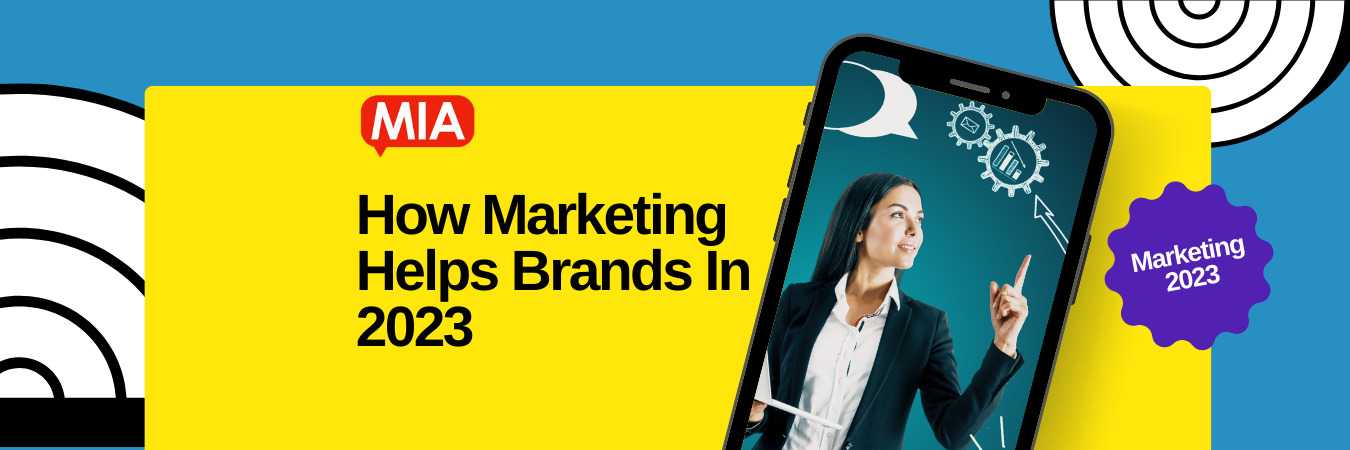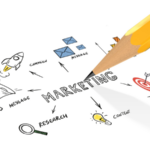The world is changing, and so is the role of marketing. Marketers use different digital tools to provide their clients with more accurate and actionable data-driven insights. With the help of automation and artificial intelligence, marketing is helping brands expand, deliver on customer expectations, and improve profits.
In this article:
- The role of marketing in company growth
- How marketing supports businesses?
- Components of new age marketing
- Shift of marketing to AI driven approach
The role of marketing in company growth
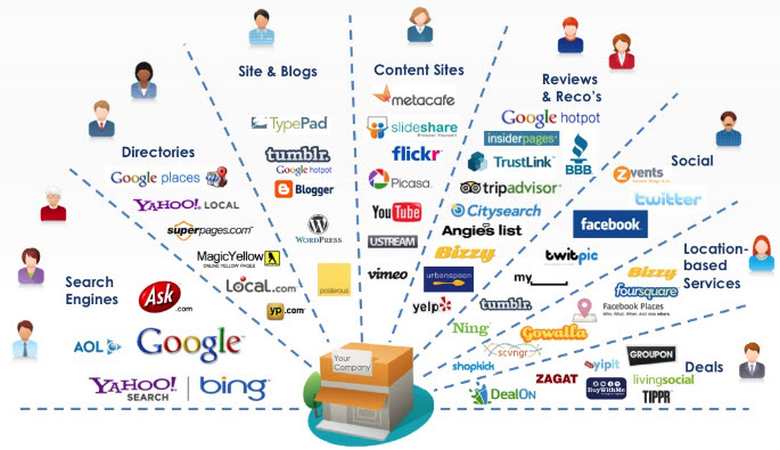
Marketing is often seen as a cost, but it’s a key driver of company growth. The role of marketing in business has been expanding over the years, and now it has become an integral part of the business. As a result, companies are looking to increase their market share and revenues, they must develop their marketing strategies and tactics to achieve this goal.
The process of marketing is complicated for a company because it involves multiple departments, including product development, customer service and sales. Moreover, the marketing manager has to find ways to develop the needed strategies and tactics to accomplish their goal. They need to review any changes in the market before they can figure out where they need to focus on their marketing efforts. This includes examining how competitors are doing in certain areas and how customers respond.
The function of marketing relies mostly on two factors:
- The marketing mix. The marketing mix is a business tool that helps determine a company’s marketing strategy and consists of four essential elements: the product, promotion, place and price, also known as the 4 P’s of marketing.
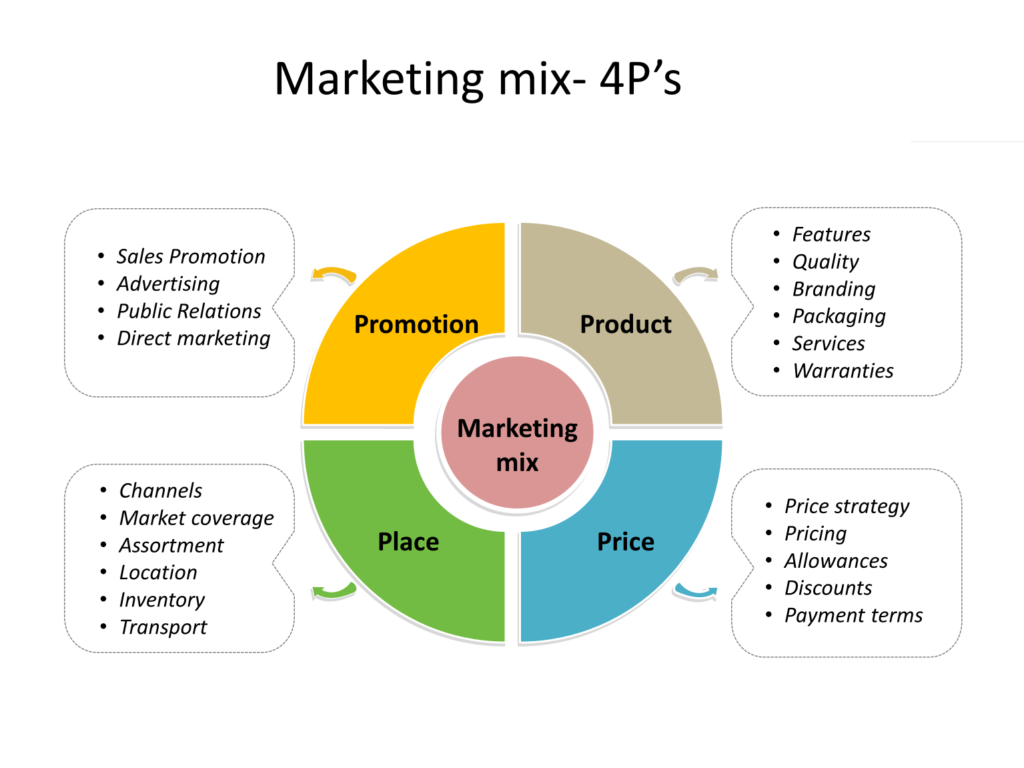
- The product is the good or service that a company sells also known as the offering. The product may be tangible, such as a computer or digital camera, or intangible, such as a brand name. Further, it can also be an improvement over other offerings designed to meet customer needs.
- Promotion consists of activities undertaken by individuals and organisations to create awareness of the product to generate demand among the customers, the primary role of marketing. Companies use advertising campaigns, public relations initiatives and sales promotions to publicise their offerings.
- The place is the location where a company conducts its marketing activities, such as a store or website.
- Pricing refers to how much consumers are charged for the product, often represented in price per unit or cost per quantity.
The marketing mix seeks to understand what consumers want and how a company can best fulfil those wants.
Also read: What Are The Different Components Of Digital Marketing?
- Target market. The target market is the group a company wants to attract to increase sales, develop brand loyalty and other profitable ventures. Therefore such markets are considered desirable by marketers willing to invest time and money into attracting consumers.
One way to develop strategies to sell their product is by understanding what motivates potential customers (target). For instance, if a company can identify that an emotional response inspires people, it should develop a strategy that will appeal to that person’s emotions. Marketing is mostly about creating a message that speaks to each individual.
How marketing supports businesses?
Marketing is essential because the first sale of a product or service will make the difference between success and failure. Such is the role of marketing! A study showed that if a company invests $1 in marketing, it can expect to make back $6. This means spending on marketing is one of the cheapest sources to generate growth in any business. Therefore, marketers use marketing efforts to engage customers and prospects across multiple channels, producing a wide range of measurable results. They play an essential role in business success by extending multifold support in the business that:
- Increases the sales and revenue of a company
- Creates market share and brand awareness, which leads to increased market demand;
- Increases customer loyalty with new product launches, discounts, freebies and other incentives
- It helps to grow a company in a specific industry or niche.
Components of new age marketing
To create a successful marketing campaign, marketers need to find the right balance in what they are doing. They need to understand their customers and how they can best serve them.
In the new marketing age, customer service is the number one priority. This is why marketers are getting more innovative in their tactics to keep customers happy. New-age marketers are not just concerned with customer satisfaction but also with the employee experience. They understand that employees are a crucial part of the customer experience and want them to be happy at work and feel valued, thereby giving a new meaning of the role of marketing in the business.
Factors driving this approach include:
- Use of purchase cycles. The increased use of purchase cycles is changing the way businesses operate. Many companies, both small and large, have complicated purchase cycles. They can get so complex that a process known as locked supply intercompany pricing is sometimes done between companies to prevent wasteful purchases. Every company must take care when buying items like office supplies or vehicles to avoid spending extra money, which could be put to better use elsewhere in the long term. After understanding the purchase cycle, you can plug any leaks and optimise how your company manages its cash.
- Customer service. This is becoming increasingly important for companies that want a consistent customer experience. It can be hard to find. The service industry is, by nature, challenging; often, consumers have trouble getting the help they need when they need it. A significant factor in good customer service is knowing what your customers want and addressing their wants promptly and accurately.
Also read: 6 Tips For Brands To Improve Customer Experience To Get More Loyal Customers
- The employee experience. Employees are the most potent part of your business. They’re not just workers; your company would be nothing without them. The art of making them feel like partners and stakeholders is not easy to accomplish, but with a simple idea (viewing employees as essential parts of the business), you can get there. Employee experience refers to the total impression of each aspect of an employee’s life cycle at a company. This means, the internal experiences of employees are essential to consider when managing your company’s public image and hence help evaluate where the company is going. The way employees work sets the company’s culture. This includes how the leaders expect them to carry out specific tasks, people driving the decisions, workplace relationships, and other aspects.
Companies tend to focus a lot on customer experiences since they are the lifeblood of most organisations. However, employee experiences are also a crucial aspect of employee engagement. The best company cultures out there bring their company’s unique qualities to life by blending the customer experience and employee experience.
Shift of marketing to AI driven approach
AI marketing has been on the rise for a few years now. Infact, it is predicted to be the most dominant marketing strategy used by businesses. The shift towards AI has been possible with technological advancement, data availability at scale and automation thereby, giving traditional marketing a new role.
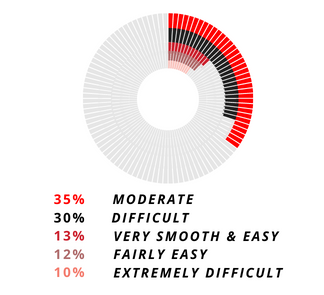
Marketing automation is becoming more essential to generating leads, and it is on a list of top digital marketing techniques showing an average ROI of $5.44 for every dollar spent [1].
Also read: Smart Marketing: The Impact Of Artificial Intelligence & Automation On Marketing
A recent study claimed that almost half of the participants said that marketing is fully automated in their organisation, and one-third said it’s partially automated. Further, according to 95% of respondents, email marketing came out as the most heavily automated digital marketing practice, followed by SMM (92%), lead generation (86%), and digital commerce (72%).
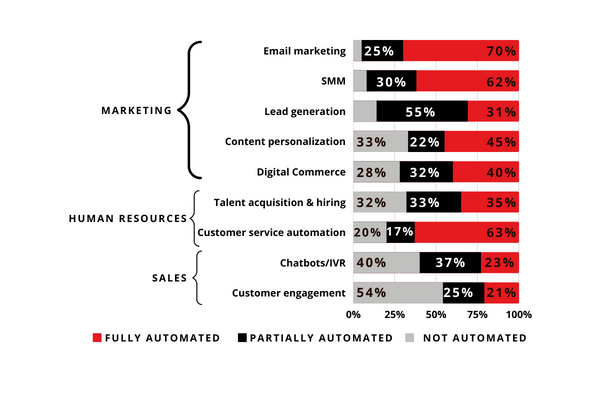
Next in marketing is hyperpersonalisation. Using the power of automation, the cloud, and AI together is how businesses can create hyper-personalised customer service experiences, the next phase of marketing. Big multinationals like Netflix and Starbucks are already making use of it. Predictive personalisation will soon creep into all kinds of different industries to provide a personalised customer experience, marking this shift complete!
Endnotes:
- https://www.statista.com/statistics/190858/most-effective-online-marketing-channels-according-to-us-companies/






